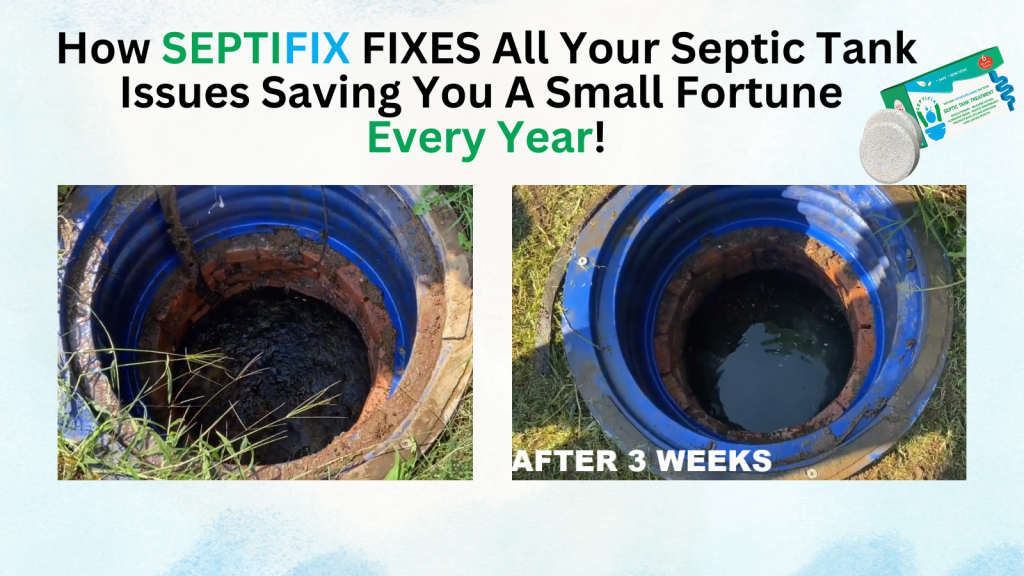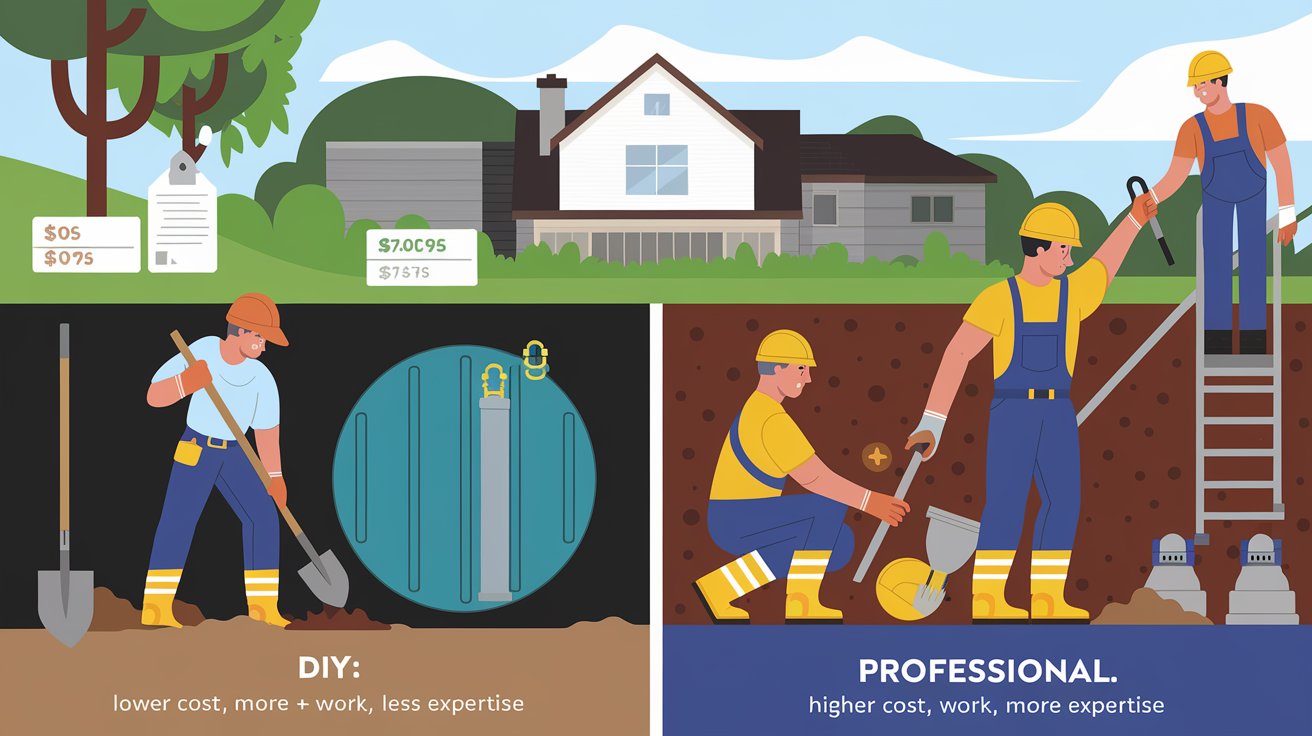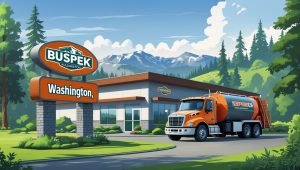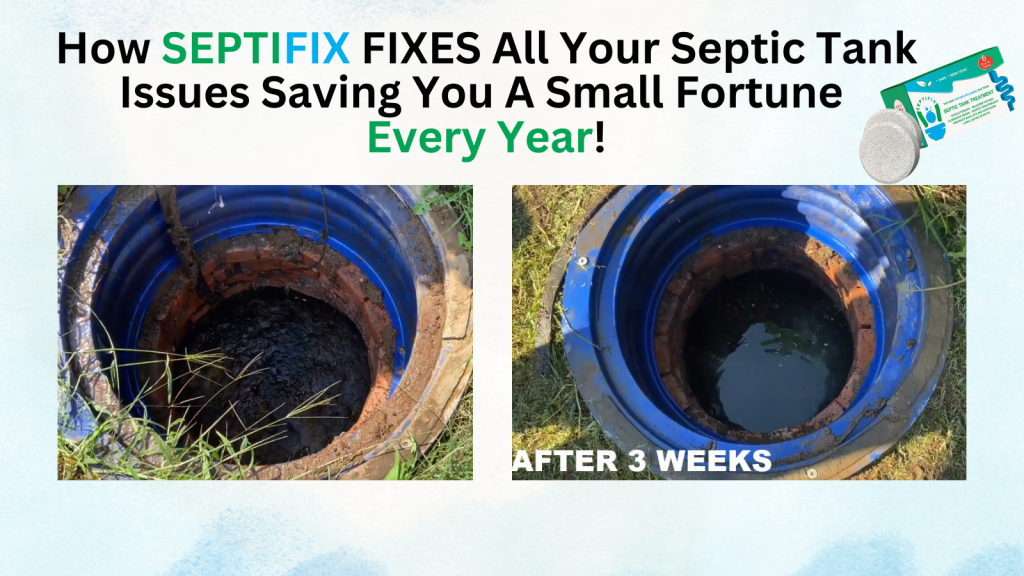Septic tank installation is a critical task for any property not connected to a municipal sewer system. Choosing between a do-it-yourself (DIY) approach and hiring a professional for septic tank installation costs significantly impacts your budget and the system’s long-term performance. Understanding the costs and factors involved in DIY vs. professional septic tank installation helps you make an informed decision tailored to your needs.
Table of Content
- DIY Septic Tank Installation Costs
- Professional Septic Tank Installation Costs
- Comparing DIY vs. Professional Installation Costs
- Factors Influencing Installation Costs
- Which Option Is Best for You?
- Septifix
- Septic Permit Links by State
DIY Septic Tank Installation Costs
Installing a septic tank yourself can seem like an appealing way to save money. However, this approach requires careful planning, the right tools, and knowledge of local regulations. Here’s a breakdown of what you can expect to spend.
Initial Costs of DIY Installation
- Materials and Equipment: The cost of the septic tank itself ranges from $500 to $3,000, depending on size and material. Additionally, you’ll need gravel, PVC pipes, and fittings, which can add another $500 to $1,000.
- Tool Rentals: Installing a septic tank requires heavy equipment like excavators, which can cost $200 to $500 per day to rent.
- Permit Fees: Local governments often require permits for septic tank installations. Expect to pay between $200 and $1,000, depending on your location.
- Soil Testing: A percolation test, which determines soil suitability for a septic system, typically costs $150 to $500.
Risks and Hidden Costs
DIY installation involves risks, including:
- Incorrect installation leading to system failure.
- Fines for non-compliance with local regulations.
- Costs of repairing potential damage to surrounding property.
While initial costs may be lower, these risks could lead to higher long-term expenses.
Professional Septic Tank Installation Costs
Hiring a professional ensures the job is done correctly and complies with all regulations. Though the upfront costs are higher, the long-term benefits often outweigh the expense.
Breakdown of Professional Costs
- Labor Charges: Professional installers typically charge $1,500 to $4,000, depending on system complexity and location.
- Comprehensive Services: Professionals handle everything from soil testing and permits to system design and installation. This all-inclusive service simplifies the process.
- Warranty Coverage: Many companies provide warranties for their work, offering peace of mind and potential savings on future repairs.
- Efficiency and Expertise: Professionals ensure proper drainage field placement and tank installation, reducing the risk of costly mistakes.
Additional Professional Benefits
- Compliance with all local health department guidelines.
- Access to high-quality materials and advanced equipment.
- Time savings, as professionals complete the job faster than most DIY efforts.
Comparing DIY vs. Professional Installation Costs
When deciding between DIY and professional installation, it’s essential to weigh the pros and cons.
Cost Comparison
| Cost Factor | DIY Installation | Professional Installation |
|---|---|---|
| Materials | $1,000 – $4,000 | Included in service fees |
| Labor | $0 (your time) | $1,500 – $4,000 |
| Permits and Testing | $200 – $1,500 | Included or additional |
| Equipment Rentals | $200 – $1,000 | Not required |
| Total Estimated Cost | $2,000 – $7,500 | $4,000 – $10,000 |
Key Considerations
- Budget: DIY is cheaper upfront, but potential mistakes may increase costs.
- Expertise: Professionals bring specialized knowledge, reducing the risk of errors.
- Time Investment: DIY projects demand significant time and effort, while professionals handle everything efficiently.
Factors Influencing Installation Costs
Several factors affect both DIY and professional installation costs, including:
System Type and Size
- Smaller tanks (500 gallons) are less expensive than larger ones (1,500+ gallons).
- Advanced systems, like aerobic septic systems, cost more to install and maintain.
Soil and Terrain Conditions
- Rocky or clay-heavy soil increases excavation costs.
- Sloped terrain may require additional equipment and labor.
Local Regulations
- Stringent regulations may require advanced systems or additional permits, raising costs.
Maintenance and Future Costs
- DIY systems may need frequent repairs if improperly installed.
- Professional installations typically offer lower long-term maintenance costs.
Which Option Is Best for You?
Choosing between DIY vs. Professional Septic Tank Installation Costs depends on your budget, skills, and priorities. While DIY offers upfront savings, it requires significant effort and carries risks. On the other hand, hiring a professional ensures a compliant, efficient installation with fewer long-term expenses.
If you’re unsure, consulting with a local expert can help determine the best approach for your property. Need more insights on septic systems? Explore our comprehensive guides to ensure your septic system operates efficiently!
Septifix










